Understanding Flame Retardant and Fire Retardant Fabrics
22nd September, 2023
In today’s world, prioritizing safety is paramount, and one critical aspect of this is understanding flame retardant and fire retardant fabrics.
In this blog post we will understand how these fabrics play a pivotal role in ensuring fire prevention and safety, making them indispensable in various residential and commercial applications.
What is Fire Retardant Upholstery Fabric?
Fire retardant upholstery fabric is specially designed to reduce the spread of fire and slow down its combustion.
The fabric has been chemically treated to make it less flammable and easier to burn, making it a safer alternative for interior design and furniture.
In public facilities with strict fire safety rules, such hotels, hospitals, and schools, fire resistant upholstery fabric is frequently utilised.
Does Upholstery Fabric Need to be Fire Retardant in the UK? – Read more
Understanding Flame Retardant and Fire Retardant Fabrics
Fire and Flame retardant fabrics are designed to slow down the spread of fire when exposed to an open flame or heat source.
Their ability to delay combustion plays a pivotal role in preventing fire-related disasters in residential and commercial settings.
Understanding the key differences between these fabrics is crucial:
- Fire retardant fabrics aim to reduce the fire hazard but may not actively stop it from spreading. Flame retardant fabrics, on the other hand, are designed to actively inhibit the spread of fire.
- Flame retardant fabrics are often made from flame-resistant yarns or treated with special chemical coatings to enable them to “self-extinguish” when exposed to flames.
Testing Flame Retardant and Fire Retardant Fabrics in the UK
- BS 476 Part 7 (Surface Spread of Flame Test): This test measures the surface spread of flame on a fabric sample. The fabric is exposed to a small flame, and the rate at which the flame spreads across the material is assessed. Fabrics that meet the requirements of this test are considered to have low surface flammability.
- BS 5867 (Flammability of Textiles Curtains and Drapes): This test is specific to curtains and drapes. It evaluates the flammability of these textiles when exposed to a small ignition source.
- BS 5852 (Cigarette and Match Test): This test assesses the resistance of upholstery fabrics to ignition by a smoldering cigarette or an open flame from a matchstick. It is used for upholstery and furniture fabrics.
- EN 13773 (Heat Resistance Test): This test evaluates the fabric’s ability to withstand exposure to a radiant heat source without igniting. It is commonly used for curtains and drapes.
- EN ISO 6940 (Flammability of Textiles): This European standard assesses the flammability of textiles under controlled laboratory conditions, measuring factors like flame spread and afterflame time.
- EN ISO 6941 (Flammability of Textiles – Vertical Method): This test determines the vertical flame spread of textiles. It measures how far a flame travels up a vertically oriented fabric specimen.
- EN 1103 (Ignitability of Curtains): This test evaluates the ignitability of curtains when exposed to a small flame. It is specific to curtains and drapes.
- EN 11612 (Protective Clothing – Clothing to Protect Against Heat and Flame): This standard is for textiles used in protective clothing, such as firefighting gear or industrial workwear. It assesses the fabric’s resistance to heat and flame exposure.
- EN 11611 (Protective Clothing for Welding and Allied Processes): Similar to EN 11612, this standard is specific to fabrics used in protective clothing for welding and related processes.
- EN 533 (Protective Clothing Against Heat and Flame – Limited Flame Spread Materials and Material Assemblies): This standard tests the limited flame spread properties of textiles used in protective clothing.
Types of Flame Retardant and Fire Retardant Fabrics
The two main kinds of flame-retardant textiles used nowadays are permanent (inherently) flame-retardant fabric and non-durable flame-retardant finishing fabric.
The decision between each kind relies on the particular project needs because each type has its own special qualities and suitability.
Non-Durable Flame-Retardant Finishing Fabric:
Properties: Non-durable flame-retardant fabrics are regular textiles that have been treated with flame-retardant chemicals.
These chemicals are applied to the fabric’s surface as finishes or coatings.
Suitability: These fabrics are suitable for applications where temporary flame resistance is needed. where they only offer effective fire protection for a limited time and may lose their flame-retardant properties over multiple washes or with exposure to environmental factors.
Permanent (Inherently) Flame-Retardant Fabric:
Properties: Permanent flame-retardant fabrics are made from fibers that are inherently resistant to flames.
These fabrics do not rely on chemical treatments and retain their flame-resistant properties over the long term.
Suitability: Inherently flame-retardant fabrics are ideal for applications where long-lasting, consistent flame resistance is required.
They are durable and maintain their fire-resistant properties through multiple washes and exposure to environmental conditions.
The Need for Fire Retardant Curtains and Upholstery
In the UK, businesses must use fire-retardant upholstery fabric to meet legal fire safety standards and protect consumers.
Non-business customers are not required to use fire-retardant fabric when upholstering furniture, having the freedom to choose based on personal preferences and needs.
Read more about it – Does Upholstery Fabric Need to be Fire Retardant in the UK?
Conclusion
The importance of fire-retardant and flame-retardant fabrics in today’s world cannot be overstated.
In the UK, especially in industrial settings, materials that are fire and flame retardant are essential for maintaining fire safety.
Businesses are required by law to use fire-retardant upholstery fabric in order to safeguard consumers, while non-business customers are free to make their own decisions based on their own preferences and requirements.
For the purpose of increasing safety and reducing fire-related dangers, it is crucial to comprehend the variations between these textiles, their testing requirements, and their appropriateness for certain applications.
Frequently Asked Questions
Does Upholstery Fabric Need To Be Fire Retardant In The UK?
Visit us at UK Fabrics Online to explore our range of Fire Retardant Upholstery Fabrics.
If you have any questions, please email us or leave a comment here.
Hope you enjoy this one.
Thank you!


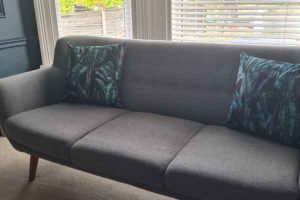
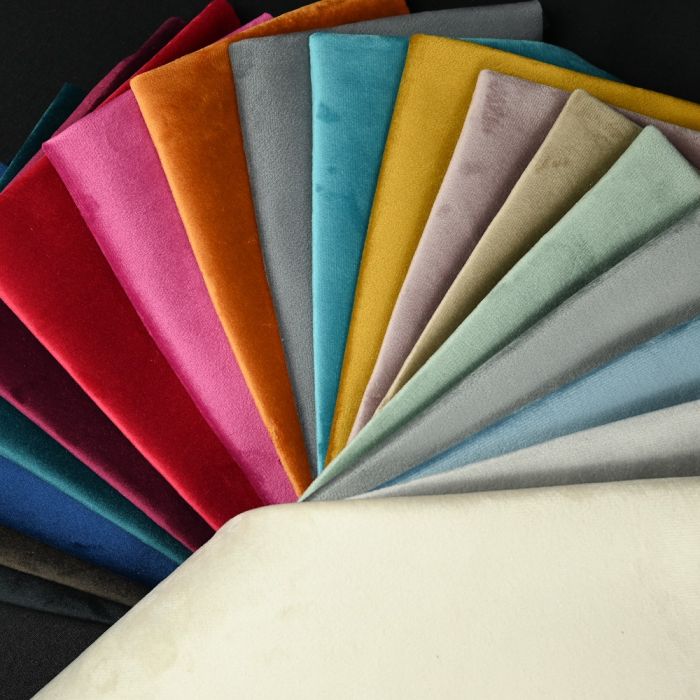
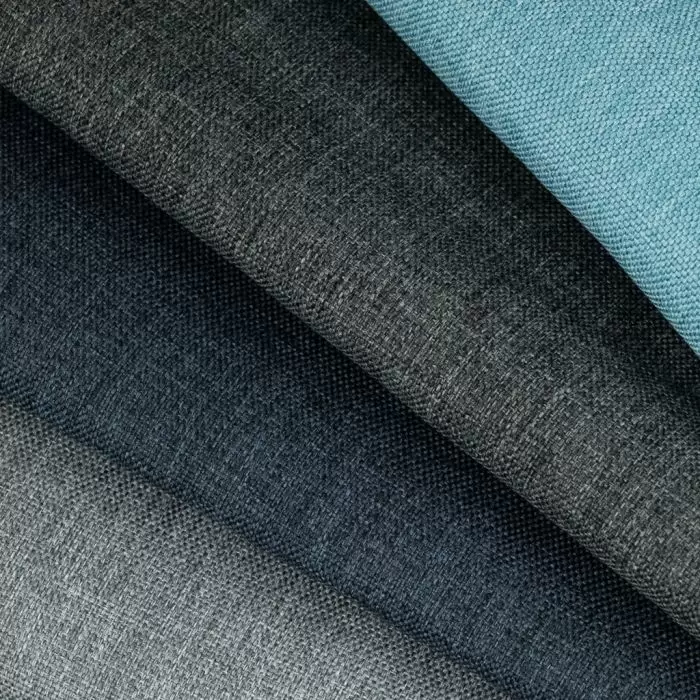
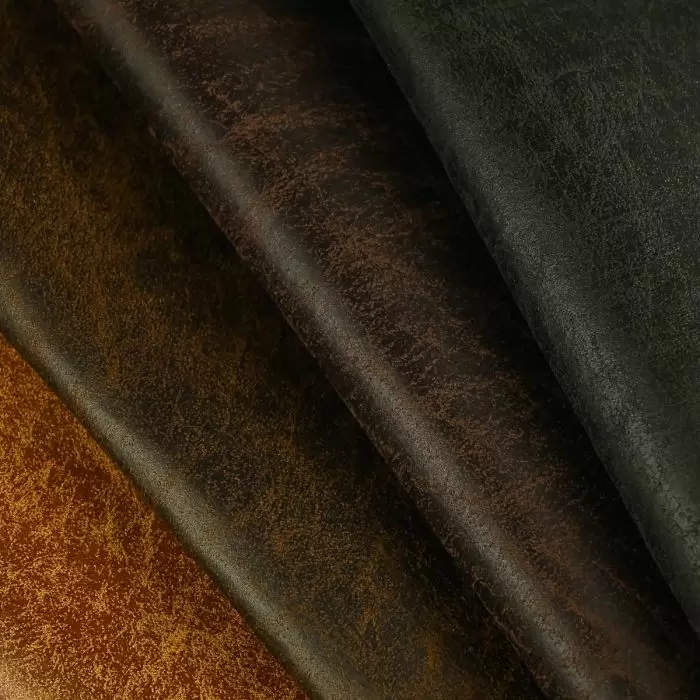

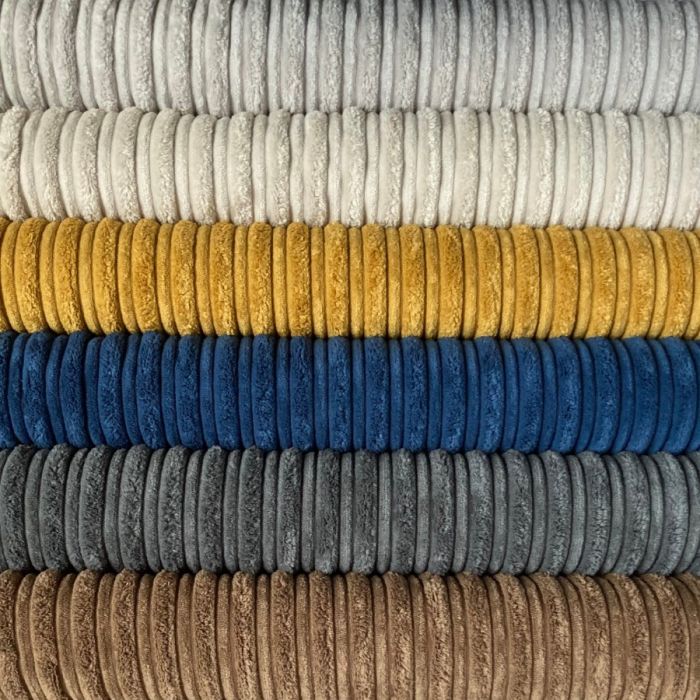
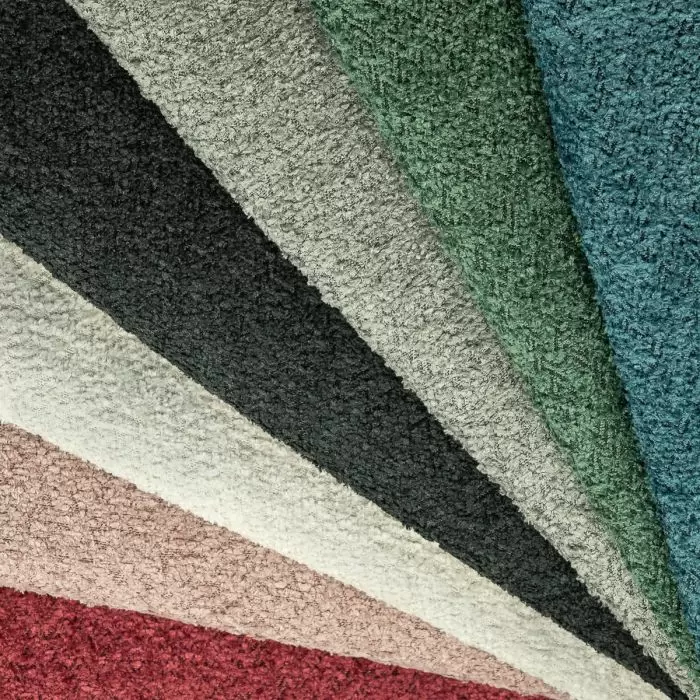
Leave a Reply